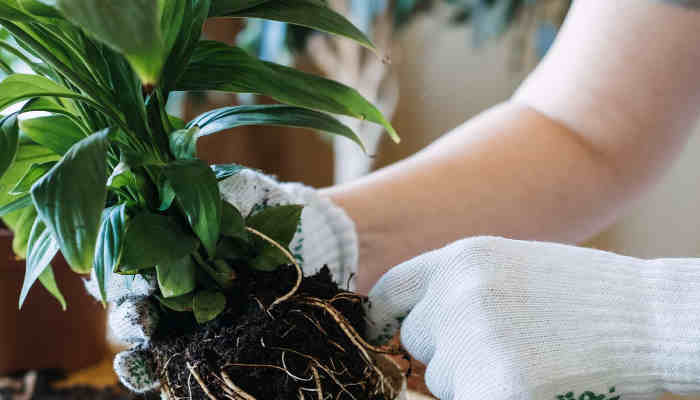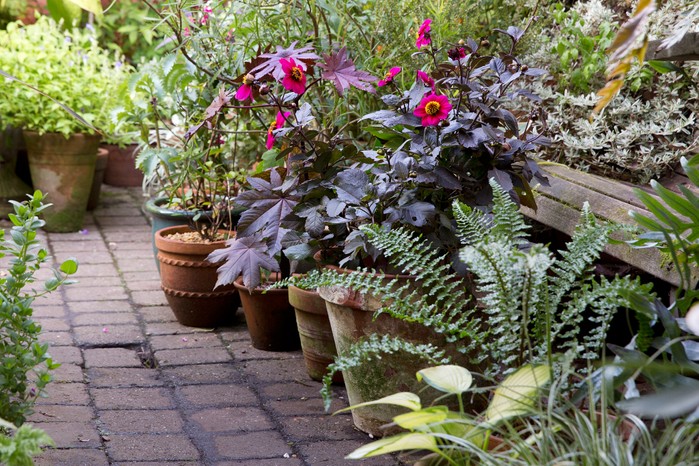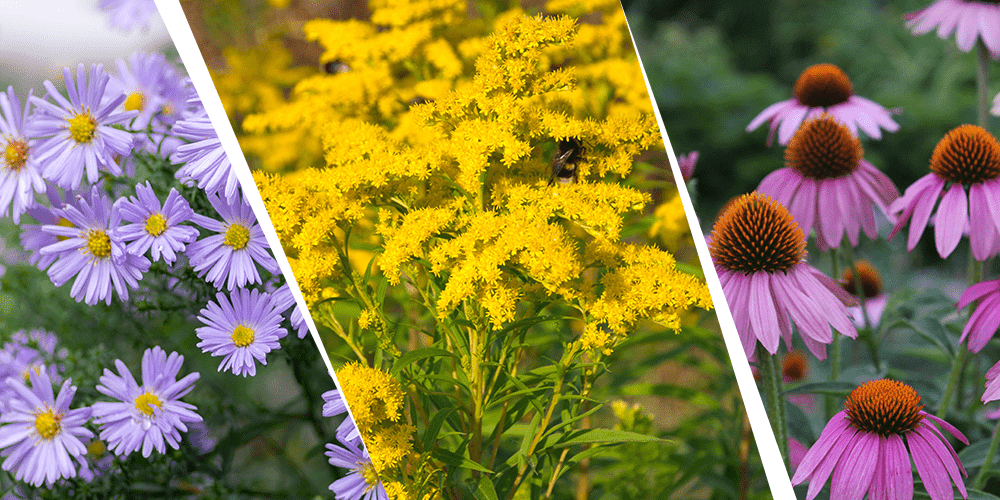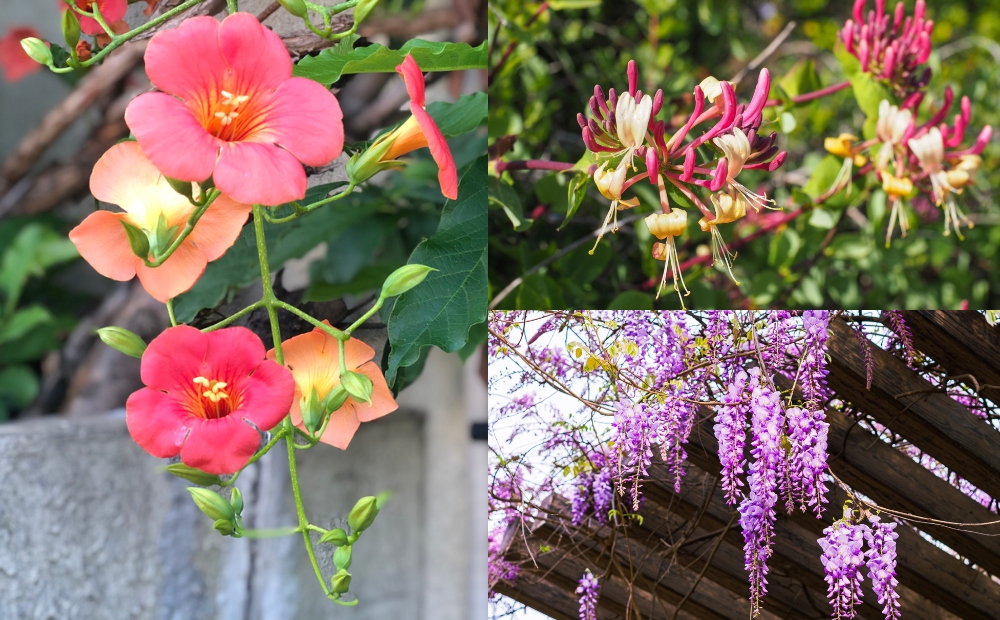Butterfly-Friendly Plants
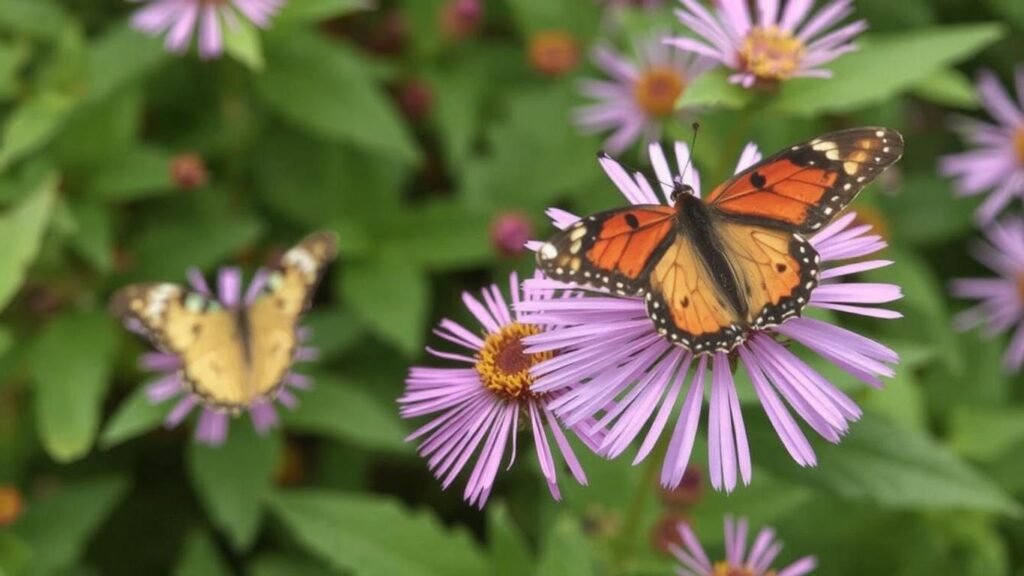
Creating a butterfly-friendly garden is a wonderful way to connect with nature and enjoy the vibrant beauty these pollinators bring. By planting certain flowers and plants, you can create a haven for butterflies, providing them with nectar, shelter, and a safe place to lay their eggs. Here are some butterfly-friendly plants that will not only enhance your garden’s beauty but also attract these delightful creatures.
1. Butterfly Bush (Buddleia)
The Butterfly Bush, also known as Buddleia, is a favorite among butterflies because of its sweet fragrance and vibrant colors. It comes in a variety of hues, including purple, pink, and white, and its long flower spikes provide a rich nectar source for butterflies.
Why it works: This plant attracts butterflies with its abundance of nectar and its ability to bloom throughout the summer, offering a continuous food source for them.
2. Lavender (Lavandula)
Lavender is not only a fragrant herb but also a butterfly magnet. Its beautiful purple flowers attract a variety of butterfly species, and it thrives in sunny, well-drained soil. Lavender is perfect for adding color and fragrance to your garden.
Why it works: Lavender’s sweet scent and nectar-rich blooms draw butterflies while also attracting bees and other pollinators, making it a great addition to any butterfly garden.
3. Coneflower (Echinacea)
Coneflowers are hardy perennials with daisy-like flowers in colors such as pink, purple, and white. They’re known to attract butterflies and other pollinators with their nectar-filled blooms. Once established, coneflowers are drought-tolerant and easy to maintain.
Why it works: The large, open flowers of coneflowers make it easy for butterflies to feed. Their long-lasting blooms ensure butterflies have a steady nectar supply.
4. Milkweed (Asclepias)
Milkweed is crucial for attracting Monarch butterflies, as it serves as both a food source and a place for them to lay eggs. The plant produces clusters of pink, orange, or white flowers that butterflies love, and its leaves are vital for the Monarch caterpillars.
Why it works: Milkweed is essential for the Monarch lifecycle and is an easy-to-grow perennial that thrives in full sun. It attracts not only butterflies but also other pollinators.
5. Black-Eyed Susan (Rudbeckia)
Black-eyed Susans are another butterfly-friendly plant known for their bold yellow or orange flowers and dark centers. These sturdy perennials bloom from mid-summer to fall, offering butterflies a long-lasting food source.
Why it works: The vibrant, daisy-like flowers of Black-Eyed Susans are a favorite of butterflies, and they’re also drought-resistant, making them ideal for low-maintenance gardens.
6. Zinnias
Zinnias are annuals that come in a wide range of colors, from bright pinks to oranges and yellows. These vibrant flowers attract butterflies with their nectar-rich blooms. Zinnias are also easy to grow and thrive in sunny gardens.
Why it works: Zinnias’ large, flat blooms make them easy for butterflies to land on, and they continue to produce flowers throughout the summer and into fall.
7. Bee Balm (Monarda)
Bee Balm, also known as Monarda, is a butterfly favorite due to its aromatic, brightly colored flowers. It comes in shades of red, pink, purple, and white, attracting not only butterflies but also hummingbirds and bees.
Why it works: Bee Balm’s nectar-rich flowers are highly attractive to butterflies, and the plant’s strong scent helps draw them in. It’s also a great addition to wildflower gardens.
8. Purple Coneflower (Echinacea purpurea)
Similar to the classic coneflower, the purple variety is especially attractive to butterflies. It thrives in full sun and poor soil, making it a low-maintenance option for butterfly gardens. Purple coneflowers bloom through summer, offering continuous nectar.
Why it works: The large, sturdy flowers of the purple coneflower are easy for butterflies to land on and feed from. It’s also a great plant for beginners due to its low-maintenance needs.
9. Lantana
Lantanas are colorful, drought-tolerant plants that bloom in clusters of bright colors, such as yellow, orange, red, pink, and purple. These plants attract butterflies and other pollinators, thriving in full sun and heat.
Why it works: Lantanas produce continuous blooms and their vibrant, nectar-rich flowers are irresistible to butterflies, making them perfect for creating a butterfly-friendly garden.
10. Aster
Asters are late-season bloomers, making them a valuable nectar source for butterflies, especially as other flowers begin to fade. Their purple, pink, and white flowers provide a final burst of color in the garden, offering butterflies sustenance into the fall.
Why it works: Asters bloom late in the season, providing butterflies with nectar when other flowers have stopped blooming. Their vibrant, daisy-like flowers make them easy targets for feeding butterflies.
Conclusion: Create a Butterfly Haven with the Right Plants
By incorporating these butterfly-friendly plants into your garden, you’ll not only create a visually stunning outdoor space but also help support butterfly populations. These plants provide butterflies with essential nectar, shelter, and breeding grounds, making your garden a haven for these beautiful creatures. Planting a combination of these species ensures a diverse and thriving butterfly garden.
Key Takeaways:
-
Plants like Butterfly Bush, Milkweed, and Lavender provide essential nectar for butterflies.
-
Drought-tolerant plants like Zinnias and Black-Eyed Susans are easy to maintain and butterfly-friendly.
-
Adding a variety of plants ensures your garden attracts different butterfly species throughout the seasons.
